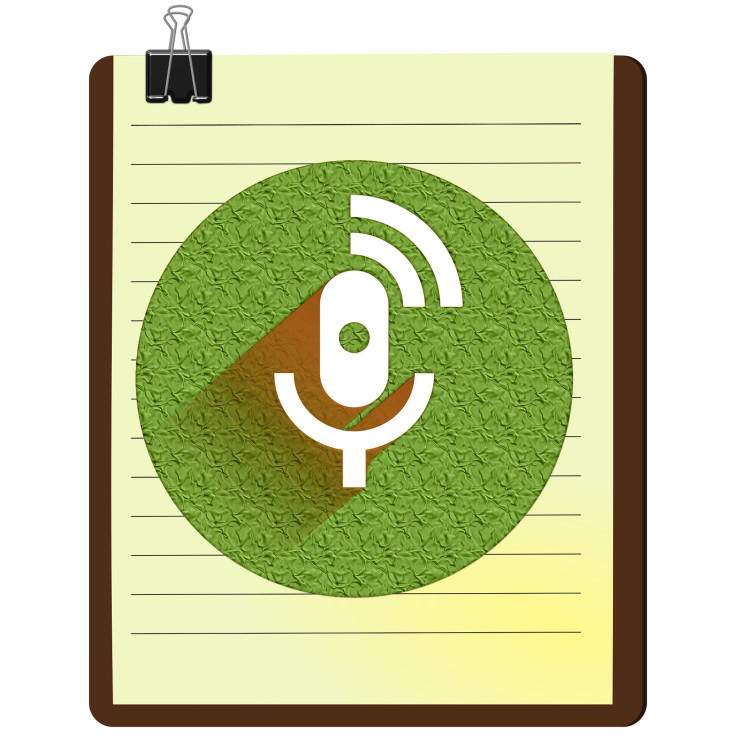Voice Call Verification Technology: How It Works and Why You Need It
Voice call verification technology is quickly becoming an essential component of online security. It provides a secure way to verify the identity of users when logging into accounts and completing transactions online. This blog post will explain how voice call verification technology works and why it's an important security measure for businesses and consumers alike. We'll explore the features and benefits of this technology, as well as how it can help protect both businesses and their customers from fraud and other security threats.
What is voice call verification
Voice call verification is a technology that enables a user to verify their identity through an automated telephone call. It works by sending out a voice message which contains a unique code, which the user then needs to enter in order to authenticate themselves. This process is usually used as an additional layer of security when accessing certain services or websites.

Voice call verification is designed to be quick, secure, and user-friendly. It helps protect users from fraud and identity theft by making sure that only the owner of the phone number being used can access the service or website. Voice call verification also helps ensure data privacy by preventing unauthorized access to sensitive information.
How does voice call verification work
Voice call verification is a process that uses a phone call to authenticate the identity of a user. This verification is done by comparing the caller's voice to a recorded sample that has been stored in the system. When the voice call is initiated, the user will be asked to provide a personal identification number (PIN) or answer a series of questions. Once the PIN or questions are answered correctly, the system will then compare the caller's voice to the stored sample and either accept or reject the authentication request.
The advantage of using voice call verification is that it is very secure and it eliminates the need for traditional authentication methods such as passwords and other forms of two-factor authentication.
The benefits of voice call verification
Voice call verification technology offers a range of benefits that make it an essential part of any security system. Here are some of the major benefits you can expect when implementing voice call verification:
Improved Security: Voice call verification provides a strong level of security, as it is difficult to spoof a user's voice. This ensures that only verified users can access protected data or systems.
Faster Response Times: With voice call verification, you don't need to wait for a text message to arrive – the verification process is instantaneous.
Cost Savings: By reducing the number of fraudulent activities, voice call verification can save you money by cutting down on fraud-related costs.
Fun Fact: The first use of voice call verification technology was in the late 1960s when it was used by banks to verify customers over the telephone.
How to implement voice call verification
Choose the right platform: First, decide whether you want to use an in-house system or an API-based provider.
Set up authentication protocols: Determine which authentication protocols are necessary and how to integrate them into your system.
Integrate voice call verification into your workflow: Make sure that your system is set up to receive the voice call verification requests and process the responses
© Copyright IBTimes 2025. All rights reserved.





















